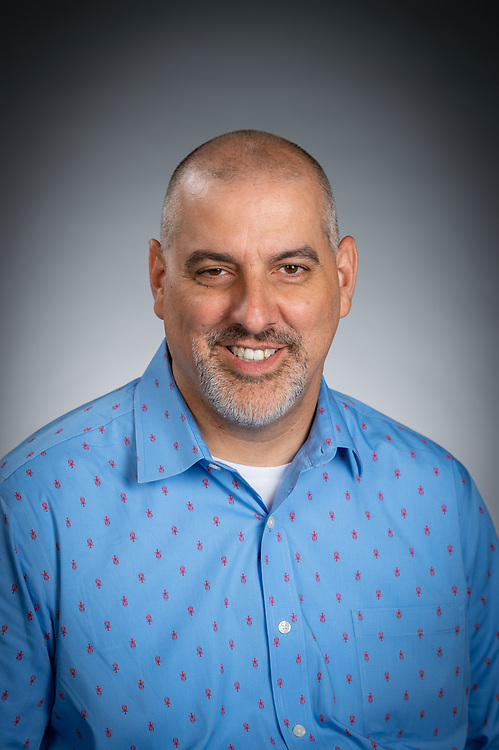By Dan Blier, CSTA Board of Directors (District Representative)
It is that time of the year when we re-open our doors to our students for another school year. With that in mind, this is a great time of the year to start thinking about what new computer science resources students will be introduced to this year. As a district computer science curriculum specialist for Plano Independent School District in Plano, Texas, it is my role to work with teachers from Prekindergarten (Pre-K) through 12 grade to build a vertical computer science program.
Building an equitable computer science program takes a great deal of planning and collaboration with others. Input from teachers, campus and district administrators, parents, the District Board of Trustees, and community partners is an important part of this process. The process requires taking a look at what resources are out there and digging into the state standards and CSTA Computer Science standards.
For the past three years, we have been working in my district to develop a computer science program that will allow every student to have an opportunity to learn to code and prepare themselves for a career in computer science or that uses skills from the field of computer science.
As we roll out new resources, we are constantly looking ahead to see what is our next step. So far, this is what we have developed and what we have learned through this process.
Pre-K students have unique needs as many are not yet able to read or write. We have decided to put Lego Coding Express in our early childhood campuses and elementary schools with Pre-K students. Coding Express provides students with structured play while introducing some coding terms such as sequencing, looping, conditional coding, and cause and effect using some color-coded action bricks.
Our elementary schools are engaging students in coding during and after school. Through our partnerships with the University of Texas at Dallas and other community partners, we are able to bring graduate students and professionals to our campuses after school at no cost. During the school day, we are engaging students through interdisciplinary learning by combining computer science and math, science, social studies, and English language arts. Resources like Code.org are great since they allow us to engage our bilingual students through the various translations available. Last year, we created an Elementary Computer Science Cadre to help build this grade band of the program. This group serves as voices on their campuses to help promote this program while helping us evaluate and develop curriculum over time.
Our Pre-K through second-grade students have been engaging with Blue-Bots. Blue-Bots allow students to learn to code through the application of sequencing and looping. We have placed Blue-Bot kits on all 47 elementary and early childhood campuses. Our third through fifth-grade students are provided with more rigor by learning to code with Sphero SPRK+s. These can be programmed using block-based and text-based JavaScript.
We have purchased more Sphero SPRK+s for our 13 middle schools. Initially, this is to provide our students with after school opportunities to learn to code or to engage students with coding through an existing class. Having physical resources for students who are learning to code helps most students connect better with the concepts and see what the code does each time it is run. Our goal is to introduce computer science courses to our middle schools in 2020-2021. We are excited about adding a fifth year to our vertical high school program.
Our high school program is the most developed part of our program. We offer on level, Advanced Placement, and International Baccalaureate at our various high school campuses. Our computer science teachers are a very collaborative and supportive group of teachers. Over the summer, our teachers work together to write the curriculum for these courses. We schedule three full-day pullout days to continue the momentum throughout the school year. Students have an opportunity to engage with our computing clubs that are very active in our region. These clubs compete in Java programming competitions with peers from our neighboring districts. Our three senior high campuses are known for bringing back trophies from these competitions.
Lots of work goes into building a district-wide computer science program. We encourage you to check out the work our district is doing by visiting our website at https://www.pisd.edu/computerscience.

District Representative
